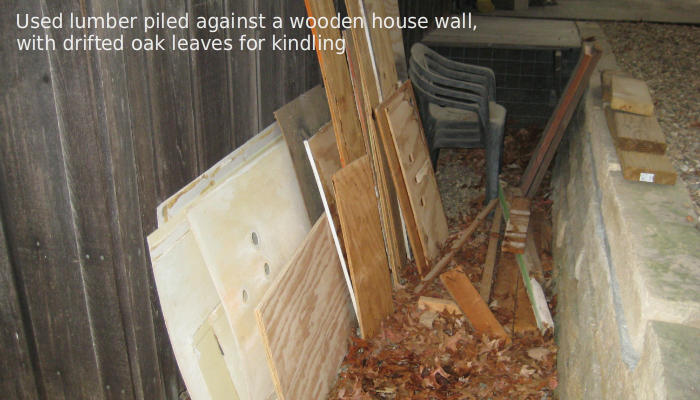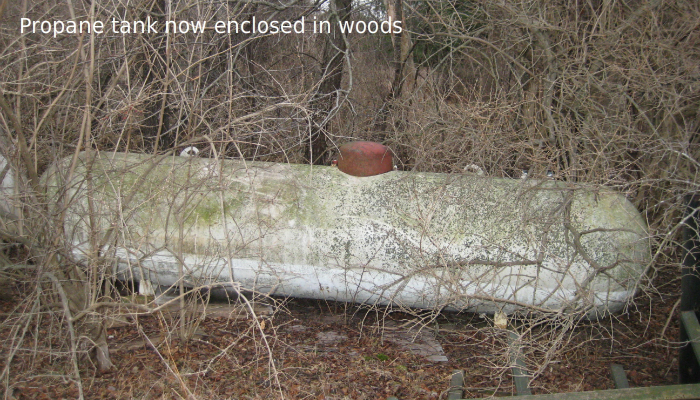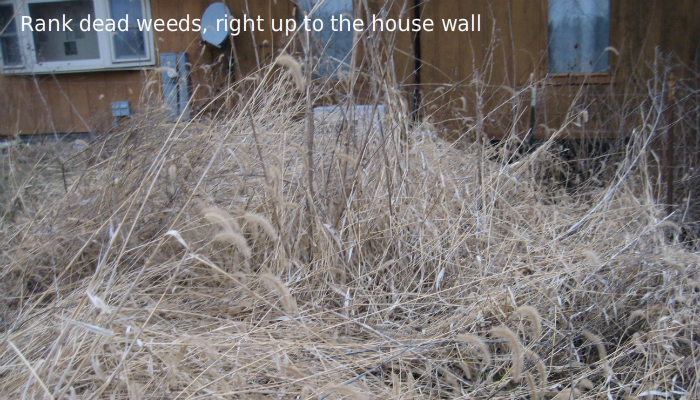Town and Country Tips on Fire Protection
The Gatlinburg, Tennessee fires of November 29th and 30th reminds me to mention that fire protection should be part of our regular year-round maintenance. Gatlinburg is not in the arid west, is not a slum of tar paper shacks, and doesn’t have especially flammable vegetation. All it took to damage or destroy 700 homes – including 300 within the city limits – and kill fourteen people, was a combination of not-so-uncommon circumstances. These include a period of about ten weeks with little rain, when much of the leaves had fallen, and a couple days of high winds. The problem is that sources of ignition are always present, such as tossed cigarettes, trash burning, and children playing with matches. So with December’s skimpy snow cover already gone, we could have a long and scary fire season ahead.
But there are simple, regular things we can do to lower our fire risk:
1. Keep flammables clear of buildings and propane tanks – keep leaves raked, clear debris from close-to-the-house flower beds, remove lumber/tires/brush from against buildings and tanks, and mow lawns short at the end of the growing season.
2. Burn prairie, savanna, and wetland plantings for a great firebreak. Our most windy/flammable season is in late March to early April, so get your prescribed burning done before the hazard level increases and the county declares a fire ban.
3. Maintain short lawn firebreaks. Any strip you mow regularly will gradually turn into a short grass lawn, which can serve as a firebreak, especially after it greens up.
4. Keep a pump-up backpack sprayer on hand (where it won’t freeze), that you can quickly fill with water and knock down small fires. Three gallons pumped up to a high pressure mist can extinguish a lot of fire. Add a dab of dish detergent to the water after filling the tank to help the water cling to the sprayed vegetation.
5. Maintain a spark arrestor on a wood burner chimney.
6. Burn trash or brush only during favorable weather.
7. Practice putting out small test fires using the backpack sprayer – only during favorable weather, while keeping a backup garden hose on hand.
8. Cooperate with neighbors on keeping the whole neighborhood fire safe. A California wildfire study demonstrated that one of the greatest causes of home loss was a house going up in flames like a volcano erupting – spewing a shower of embers downwind onto other homes that were otherwise rather reasonable protected, so the whole disaster unfolds across a neighborhood like a chain reaction.
So walk around your place, talk to your neighbors, and take a good look at what you can do to keep your home and neighborhood safe this fire season. Here are some scary photos from my neighborhood.





